Understanding Seasonal Shedding in Pets
As temperatures shift and daylight hours fluctuate, many pet owners notice an uptick in loose fur coating their homes. This phenomenon, known as seasonal shedding, is a natural process for most cats and dogs. It serves a vital biological purpose, allowing pets to adapt their coats in response to changing weather conditions. As spring arrives, pets shed their heavier winter coats to prepare for warmer temperatures, while the autumn months often prompt a reverse process, developing a denser undercoat for insulation against the cold.
Shedding patterns vary widely between breeds, age, and overall health. Double-coated dogs such as Huskies and Golden Retrievers are particularly notorious for dramatic seasonal molts, while short-haired breeds might shed less conspicuously but still require attention. Even indoor pets, despite being exposed to more consistent temperatures, can experience seasonal shedding triggered by subtle environmental cues like daylight changes.
Why Shedding Peaks Seasonally
- Temperature changes: Fluctuations signal pets’ bodies to adjust their coats accordingly.
- Photoperiod (daylight length): Longer or shorter days prompt hormonal shifts that influence hair growth and loss cycles.
- Breed and genetics: Certain breeds are hardwired for more noticeable seasonal shedding.
Understanding the root causes of seasonal shedding illuminates why proper grooming is essential during these transition periods. Shedding is a sign of a healthy, responsive coat, but without regular grooming, loose fur can lead to matting, skin irritation, and a messier home. Recognizing this natural cycle is the first step toward ensuring your pet remains comfortable and your living space stays fur-free as the seasons change.
The Impact of Changing Weather on Pet Coats
As the seasons shift from the chill of winter to the warmth of spring and summer, pet owners often notice a dramatic transformation in their furry companions’ coats. This natural process, known as seasonal shedding, is triggered by fluctuations in temperature and daylight hours. When days grow longer and the air warms, pets, especially those with double coats like many dogs and cats, begin to shed their dense winter fur to make way for a lighter, more breathable summer coat.
Seasonal shedding is more than a simple inconvenience for pet owners—it’s a vital biological response that helps animals regulate their body temperature. During colder months, pets develop thicker, insulating undercoats to trap heat. As the weather becomes milder, this undercoat is no longer necessary, and the body responds by shedding excess fur. However, this shedding period can be intense, leading to loose hair on furniture, clothing, and floors, as well as potential discomfort for your pet if dead hair and dander aren’t properly removed.
Understanding the Shedding Cycle
- Spring Shedding: Pets lose their heavy undercoat as temperatures rise, making way for a lighter, cooler coat.
- Fall Shedding: A new, denser layer grows in, preparing pets for winter’s chill.
- Triggers: Changes in daylight and temperature are primary factors influencing the shedding cycle.
Recognizing the significant impact that changing weather has on your pet’s coat is the first step in providing the right care during these transitional periods. As the next section will explore, professional grooming can play a crucial role in managing seasonal shedding and ensuring your pet’s comfort and health.
Benefits of Professional Grooming for Shedding Control
As the seasons change, many pet owners notice an uptick in shedding, leaving homes blanketed in fur and pets looking less than their best. Scheduling a professional grooming appointment during these periods can make a significant difference in managing your pet’s coat and maintaining a cleaner environment. Professional groomers are equipped with specialized tools and techniques designed to target loose undercoat and minimize excess shedding, which is especially beneficial during high-shed months.
One of the primary advantages of professional grooming is the use of de-shedding treatments. These treatments go beyond regular brushing by removing dead hair and dander that often escapes at-home routines. Groomers use high-velocity dryers and de-shedding blades to thoroughly extract loose fur, promoting a healthier, shinier coat. This process not only helps reduce the amount of hair left around the home, but also supports better skin health by preventing matting and allowing the skin to breathe.
Additional Benefits
- Early Detection of Skin Issues: Groomers can spot signs of irritation, infection, or parasites, allowing for timely intervention.
- Customized Care: Each pet’s coat type and shedding pattern is unique. Professionals tailor their approach, using the right products and techniques for maximum shedding control.
- Stress Reduction: Regular grooming helps pets acclimate to handling, reducing anxiety and making future sessions smoother.
By investing in professional grooming during peak shedding seasons, pet owners not only manage fur more effectively but also contribute to their companion’s overall well-being, setting the stage for a healthier, more comfortable pet all year long.
How Groomers Help Maintain Healthy Skin and Fur
Professional groomers play a pivotal role in maintaining the health and vitality of your pet’s skin and fur, especially during seasonal shedding periods. While regular brushing at home is beneficial, a skilled groomer offers specialized care that goes far beyond surface maintenance. Their expertise ensures that your pet’s coat remains not only beautiful but also healthy and free from common issues associated with shedding seasons.
Thorough Removal of Loose Fur and Undercoat
One of the primary benefits of professional grooming is the thorough removal of loose fur and the dense undercoat that accumulates during seasonal changes. Excess fur, if left unattended, can cause matting—a condition where hair tangles tightly, trapping moisture and debris against the skin. Mats not only cause discomfort but can also lead to skin irritation and infections. Groomers use advanced tools and techniques to eliminate tangles and prevent mats before they become problematic.
Early Detection of Skin Issues
Groomers are trained to spot early signs of skin problems such as dryness, hot spots, rashes, or parasites like fleas and ticks. Their careful inspection during bathing and brushing sessions allows them to identify abnormalities that might otherwise go unnoticed. This early detection enables pet owners to address issues promptly, ensuring the skin remains healthy throughout the shedding season.
- Prevention of excess shedding and mat formation
- Reduction in allergens and dander within the home
- Promotion of natural oil distribution for a glossy, healthy coat
By entrusting your pet to a professional groomer during seasonal shedding, you invest in their comfort and overall well-being, paving the way for a healthier coat and happier pet as the seasons shift.
Tips for Reducing Pet Hair in Your Home During Shedding Season
As shedding season approaches, many pet owners find themselves waging an endless battle against tufts of fur collecting on floors, furniture, and clothing. While it’s impossible to halt nature’s seasonal cycle, strategic steps can significantly minimize the impact of pet hair in your home. Understanding and anticipating your pet’s shedding patterns is the first step to maintaining a cleaner, more comfortable living environment.
Establish a Routine Brushing Schedule
Regular brushing remains the most effective way to capture loose fur before it has a chance to drift throughout your home. For double-coated breeds or heavy shedders, daily brushing is ideal. Invest in high-quality grooming tools, such as slicker brushes or de-shedding combs, tailored to your pet’s coat type. Not only does this reduce shedding, but it also stimulates healthy skin and distributes natural oils.
Keep Your Living Space Clean
- Vacuum frequently: Use a vacuum with a HEPA filter and specialized pet hair attachments on carpets, upholstery, and even curtains.
- Launder bedding often: Wash your pet’s bedding, as well as your own, on a regular basis to remove accumulated fur.
- Use lint rollers: Keep lint rollers or sticky tape handy for quick clean-up on clothes and soft surfaces.
Maintain a Healthy Diet
A balanced diet rich in essential fatty acids supports coat health and can reduce excessive shedding. Consult your veterinarian for dietary recommendations tailored to your pet’s needs during shedding season.
By taking proactive steps—regular grooming, diligent cleaning, and proper nutrition—you can keep pet hair manageable, creating a fresher, more inviting home environment as the seasons change.

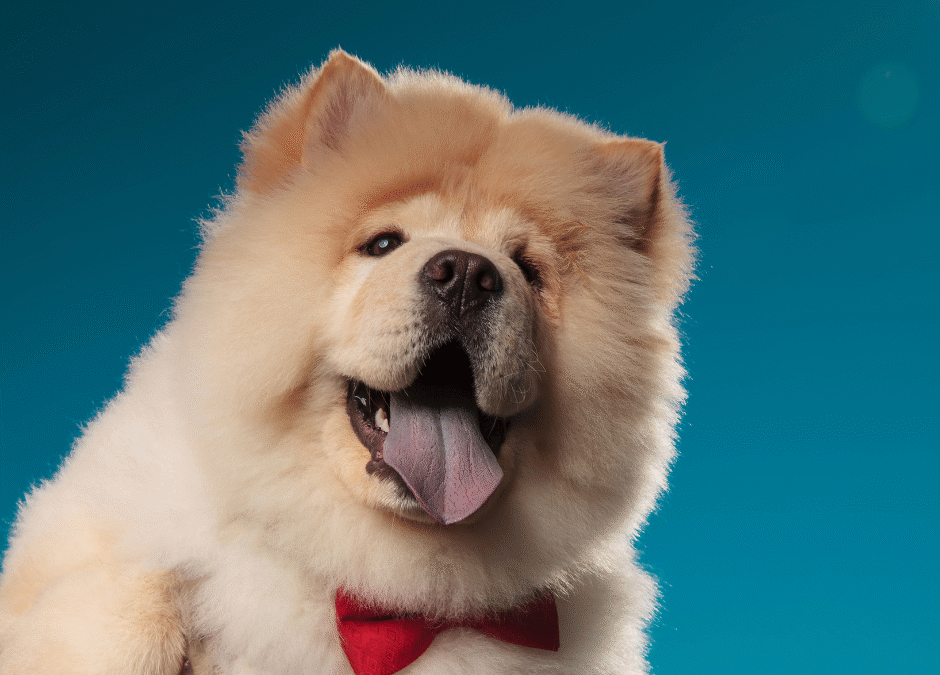

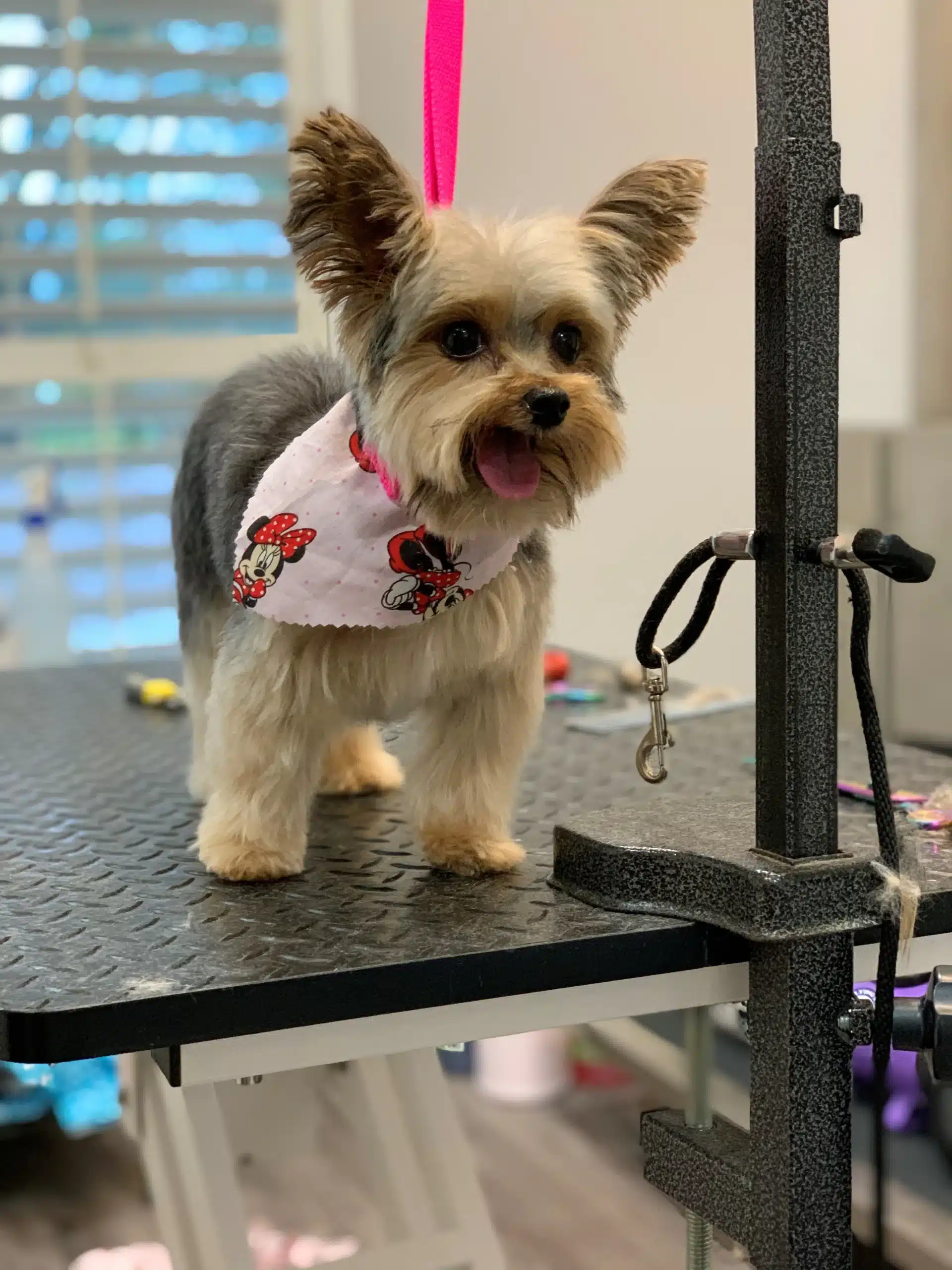

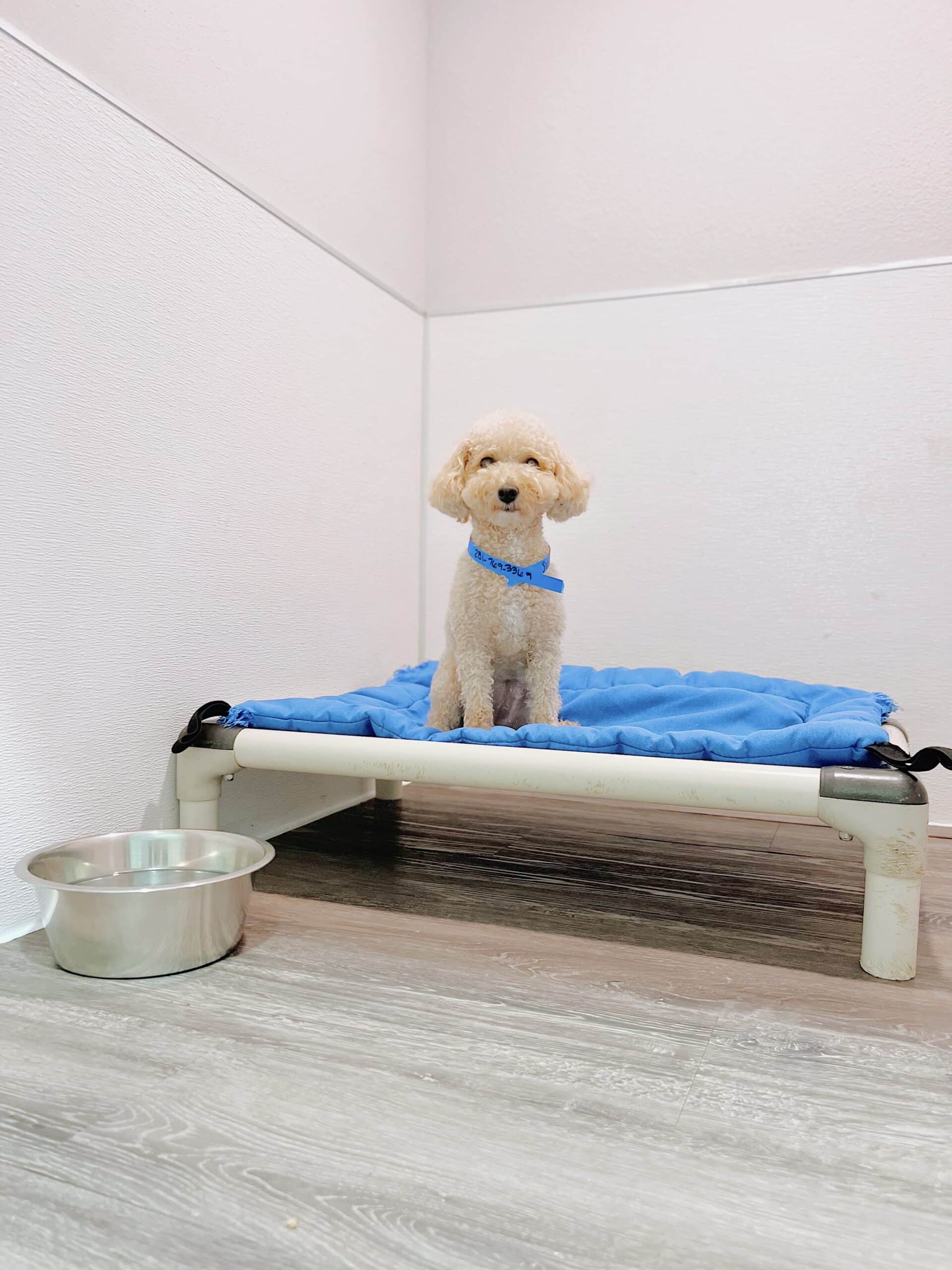
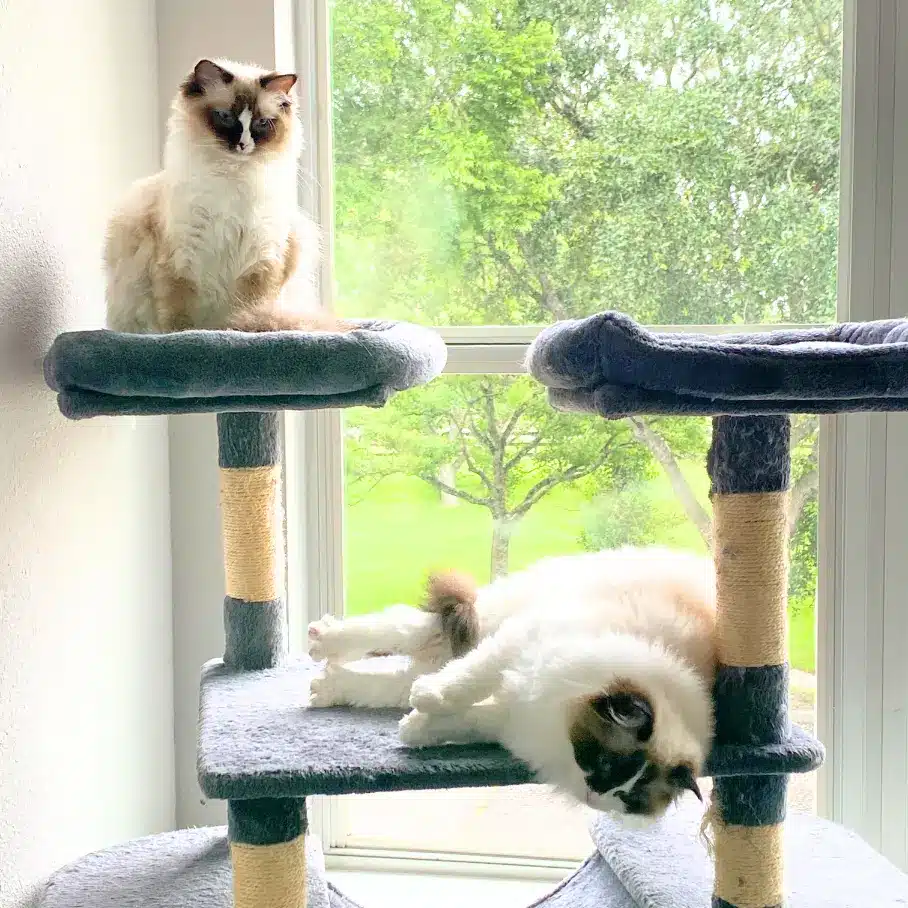
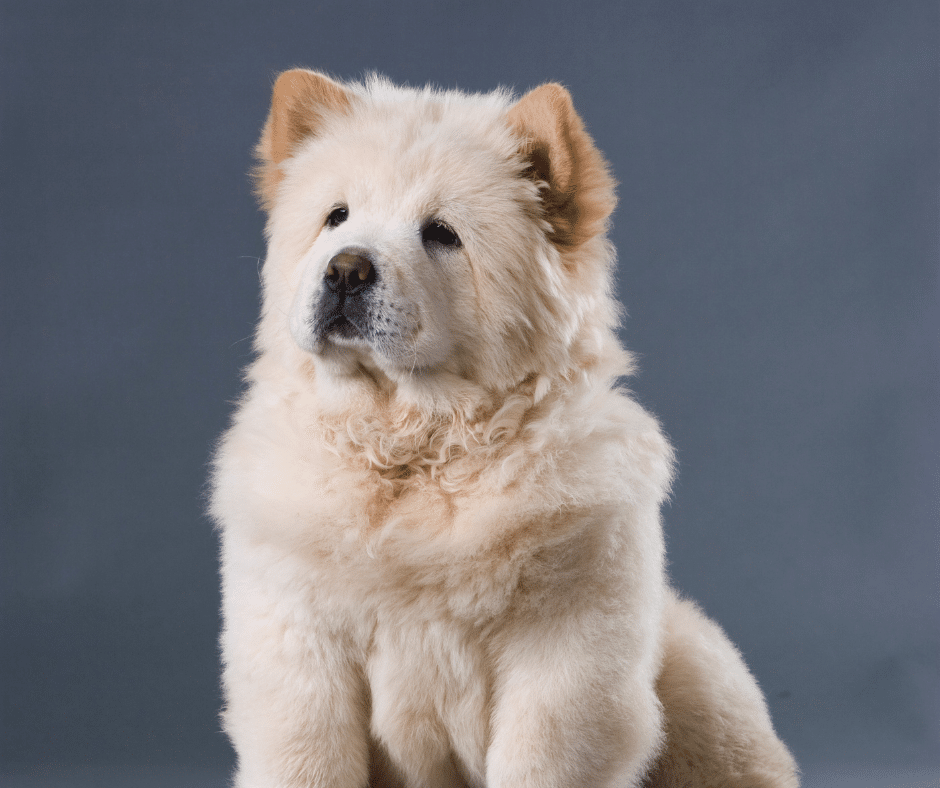
Recent Comments